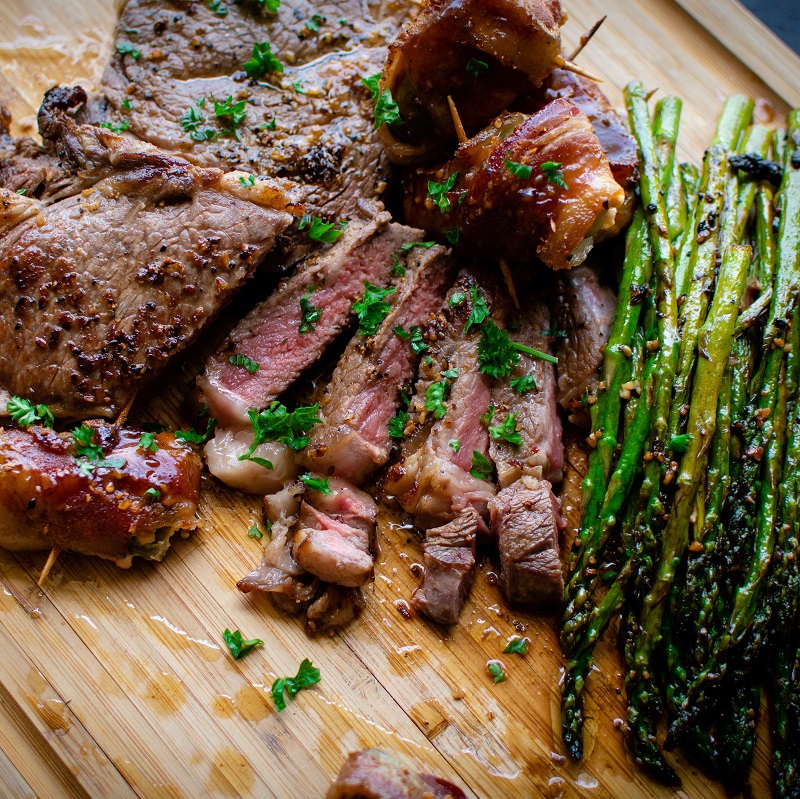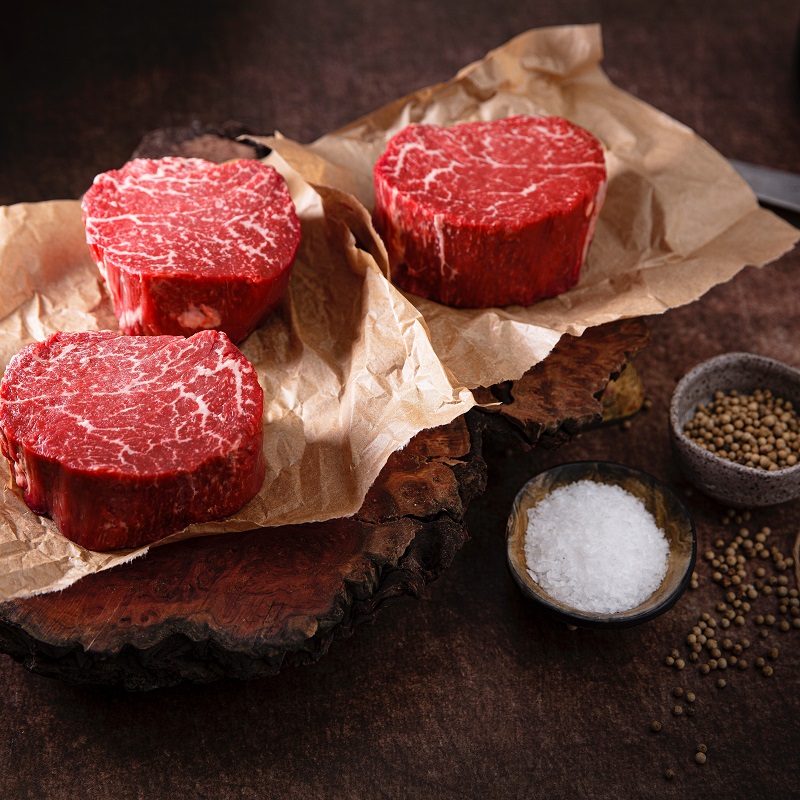Spencer Westcott’s 6 Top Tips for Cooking Rump Steak
Our resident chef Spencer Westcott helps you achieve the perfect steak with these top tips for cooking rump steak. Read more now!
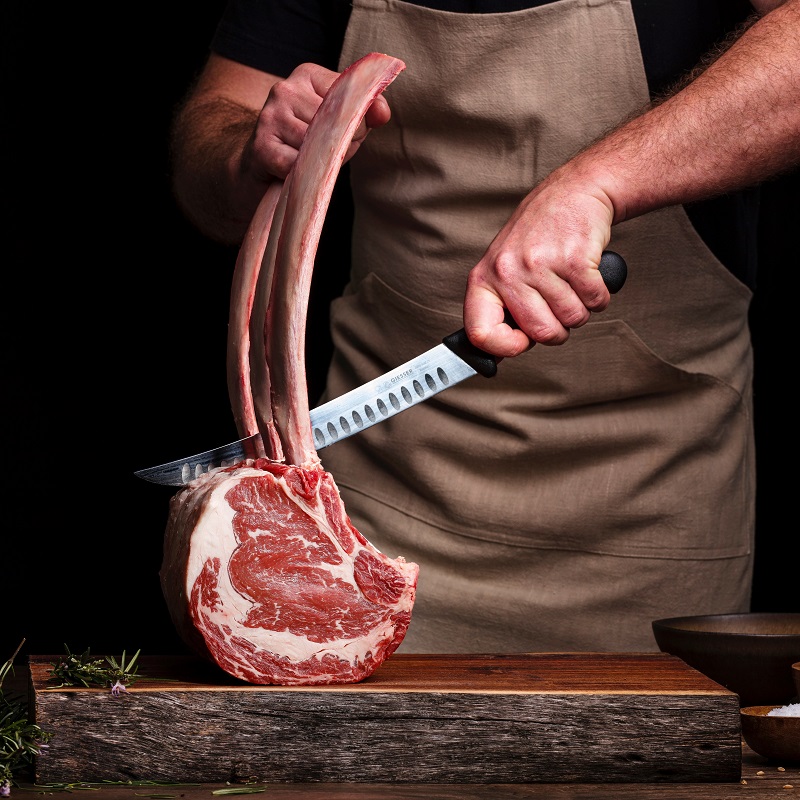
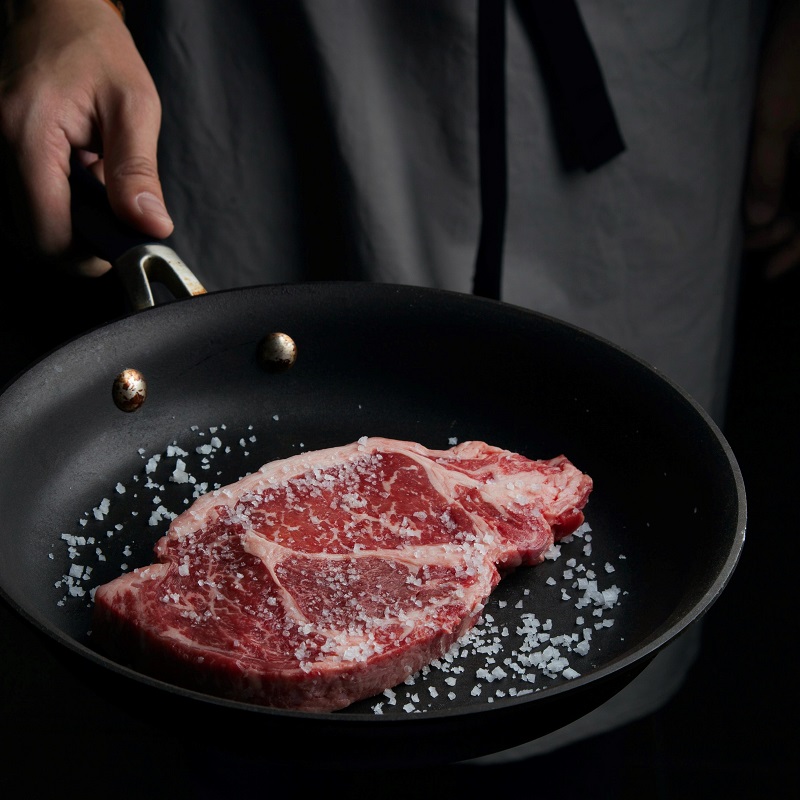
One of the most popular cuts of beef in restaurants around the world, rump steak is beloved particularly for its full, rich flavour. Although not as tender as some other cuts of beef, the humble rump steak is often a more affordable option for many chefs – and home cooks – without needing to compromise on the delicious flavour of a good steak.
If you feel slightly intimidated by the idea of cooking rump steak, then don’t worry: you’re not alone! But the beauty of a good steak lies in its simplicity, which is good news for anyone who is short on time when preparing dinner.
Luckily, our resident chef Spencer Westcott is here to soothe your fears with his 6 top tips for cooking rump steak at home. From the perfect prep temperature to professional searing techniques, Spencer is here to make sure that your rump steak is cooked to perfection. Read on to find out more!
Order our 28-Day Aged Rump Steaks here!
Tip 1
Take the steak out of the fridge at least 25 minutes before you want to cook it – this is called ‘to bloom’, and allows the meat to come to room temperature. This helps the steak cook evenly and also more quickly, as the inside is already at a good starting temperature. Frying or grilling it from cold will stop the heat from penetrating to the middle as efficiently.
Tip 2
Heat your frying pan or griddle pan to the highest possible temperature before you start to cook your steaks. You are hoping to hear a sizzle when you place the meat into the pan – if you do not do this, the steak will boil and not fry, which will cause the steak to toughen.
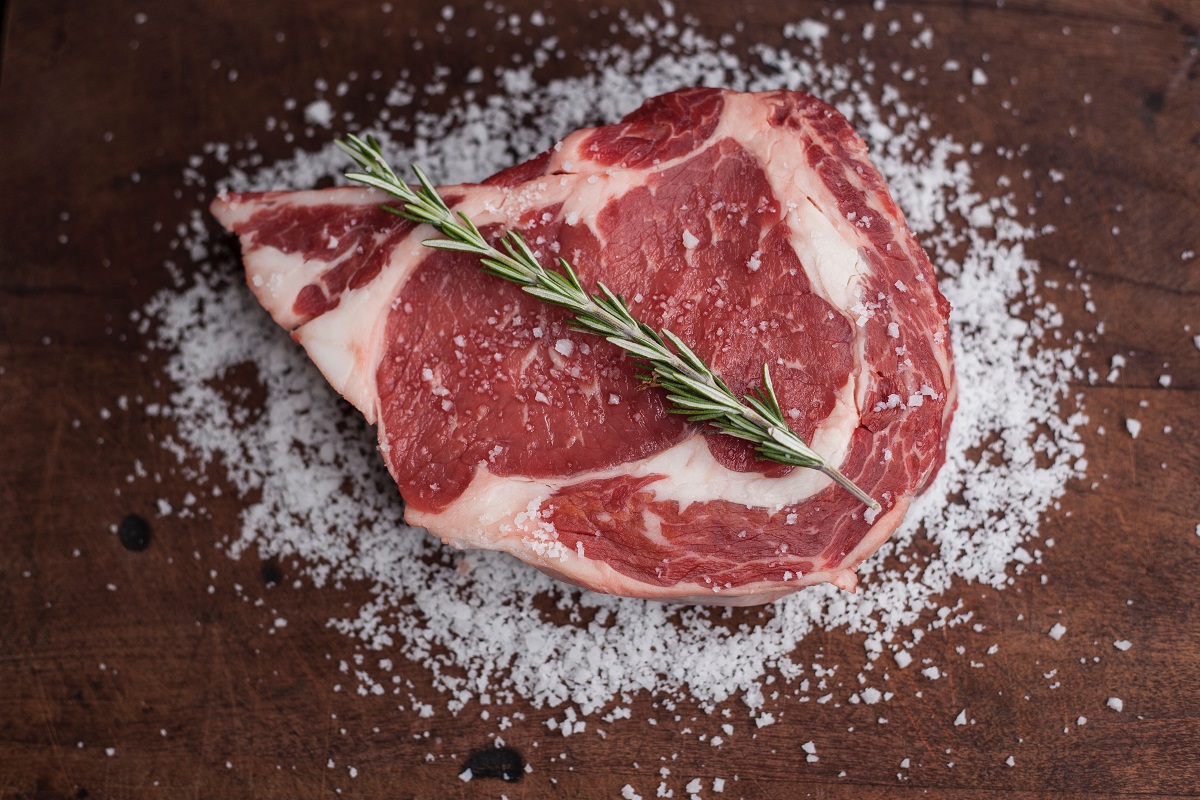
Tip 3
When you are ready to cook your steak, sear on one side and allow to seal well on that side before gently turning and cooking on the other. Avoid poking or repeatedly turning or moving your steak, as this prevents the rump steak from sealing correctly and releasing juices. It can also lead to overcooking!
Tip 4
Use a good pair of tongs when turning your rump steak as opposed to a fork, to avoid piercing the meat. Piercing the steak will release juices – the very juices we are trying to keep within the steak!
Tip 5
Once the steak is cooked to your liking, it is very important to let the steak relax; leave it to rest on a clean plate covered loosely with foil. We recommend leaving the steak to rest for the same amount of time it spent in the pan. Season with a good quality salt just before covering, and add a spoonful of butter for an incredibly juicy rump steak.
Tip 6
To test how well-cooked your rump steak is, touch your index finger and thumb together and press the fleshy part of your hand below your thumb. When you test your steak by gently pressing, if it feels the same as this part of your hand, the steak is rare. Now place your thumb to your middle finger: if the rump steak feels the same, it’s medium rare. Pressing your thumb to your ring finger means the steak is cooked medium-well, and thumb to little finger means well-done!
Ready to start cooking?
Now that you’re equipped with Spencer Westcott’s expert tips for cooking a rump steak to perfection, why not elevate your culinary game even further? At The Artisan Food Company, we pride ourselves on offering a range of premium meat cuts, and our dry aged steaks are the crème de la crème.
Each steak promises a luxurious and unparalleled gastronomic journey, thanks to our meticulous aging process that brings out the depth and richness in every bite. Whether you’re a seasoned chef or an enthusiastic home cook, our dry aged steaks will undoubtedly transform your dishes into gourmet masterpieces.
So, after soaking in all these fantastic cooking tips, head over to our Dry Aged Steaks category page and select a cut that will leave your taste buds yearning for more. Happy cooking and even happier eating!
